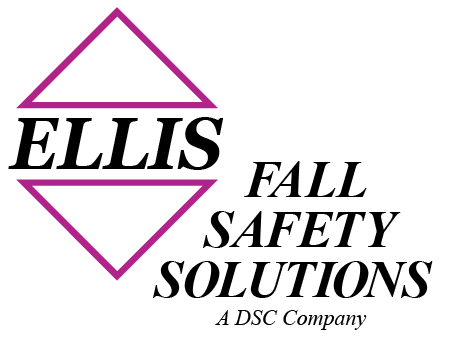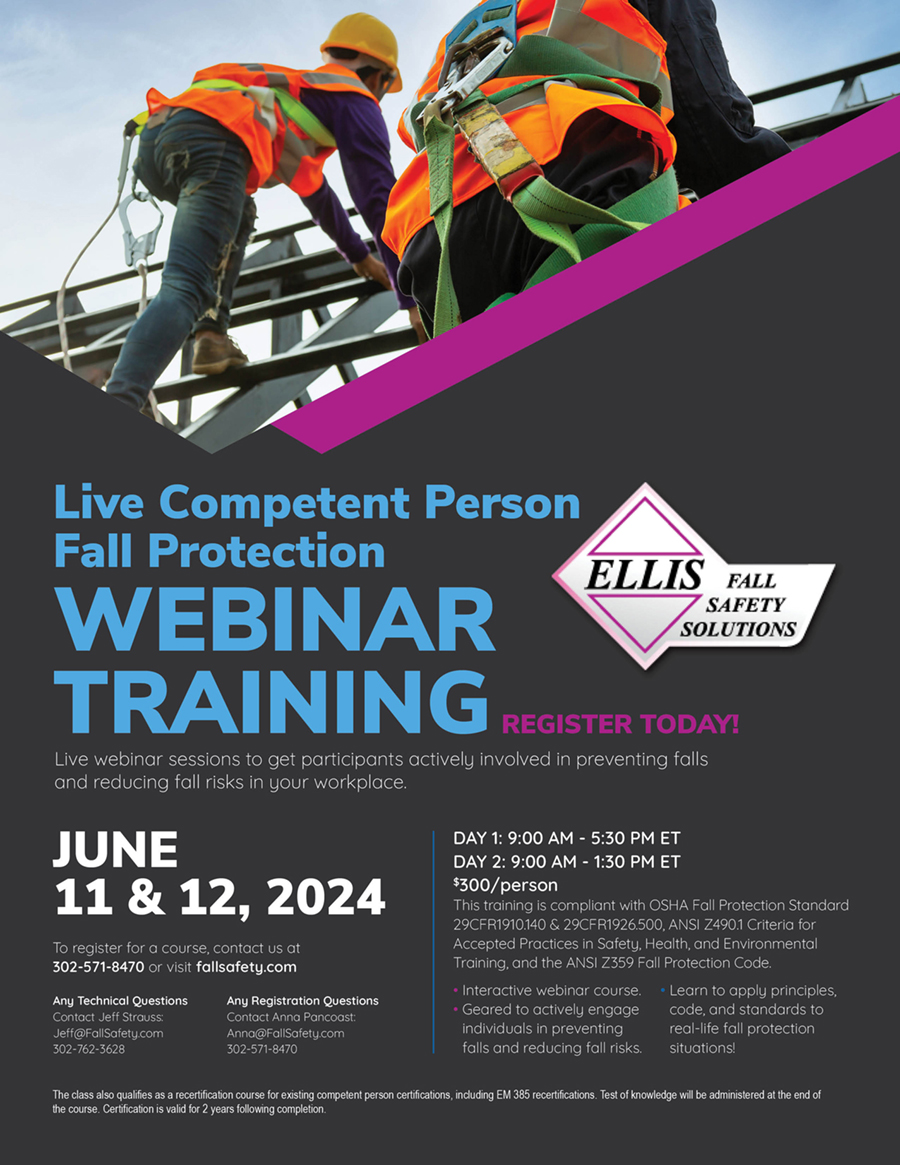Workplace fall hazards cause some of the most severe injuries. In fact, in the construction industry, falls are the number two killer, accounting for one in five worker deaths a year. Most of these fall injuries happen because a worker falls off something (70%), such as a ladder or scaffolding, while 30% of falls are due to slips and trips. Each year, fall protection violations consistently top OSHA’s list of most frequently cited standards, remaining one of the most common causes of serious work-related injuries and fatalities.
One of the most important steps for prevention is knowing the hazards before you begin so you can be prepared to prevent them. That’s why our fall protection experts are sharing the three most common examples of fall hazards in the workplace and what you can do to actively prevent them.
- Dangerous Surfaces
Dangerous surfaces like slippery, unstable floors, unprotected edges, floor holes and wall openings are all common examples of fall hazards in the workplace. These unsafe surfaces frequently cause slips, trips, and falls and can be easily prevented. To avoid these hazards:
- Clean up any known spills, leaks, or debris on walkways, stairs, and entranceways.
- Keep walkways free of tools, job site materials, and debris.
- Remove or secure exposed wires, cords, or cables from aisles and walkways.
- Ensure adequate lighting is provided throughout the work area.
- Place trash in proper receptacles.
- Use proper signage in hazard areas.
- Report any hazards you see.
- Conduct regular inspections and walk-throughs of the work area.
- Platforms, Ladders, Scaffolding, Stairs
As we stated above, working above the ground poses significant fall risks for you and your employees. Improper use of ladders, scaffolding, or other platforms can result in fatal injuries. It’s important to be extra cautious any time you find yourself working on these surfaces. To mitigate the risk of a fall:
- Ensure proper barriers and guardrails are in place.
- Be sure to use the railings when working on stairs and walk when going up or down.
- Remove all building materials and tools from your work area.
- Report any damages you notice on platforms, ladders, stairs, or scaffolding.
- Ensure platforms are well lit.
- When using a ladder, check the rungs, cleats, and steps before use.
- Place ladders and scaffolding on secure, stable surfaces.
- Always use proper equipment to reach high places (i.e., appropriate height ladders).
- Misuse of PPE
Anytime an employee is working from height, they are in danger of falling. Many of these types of falls occur when personal fall protection equipment isn’t used properly or at all. This can result in serious injury and the worst case, death. If you’re going to use Personal Fall Arrest Systems, you need to ensure you choose the proper equipment for the job. Make sure body harnesses and lanyards are comfortable, fitted properly, and work as designed. Your PPE needs to be inspected annually by a competent person, and before every use by you, the user. These important steps could be the difference between life and death for you and your employees.
To safely work at heights, qualified fall protection training is essential to ensure the right safety precautions are in place. At Ellis Fall Safety, we can help educate building owners and property managers regarding specific requirements and help your facility become compliant. To learn more about competent person training, our fall protection engineering and consultation services, contact our team of fall experts today for a free proposal.

